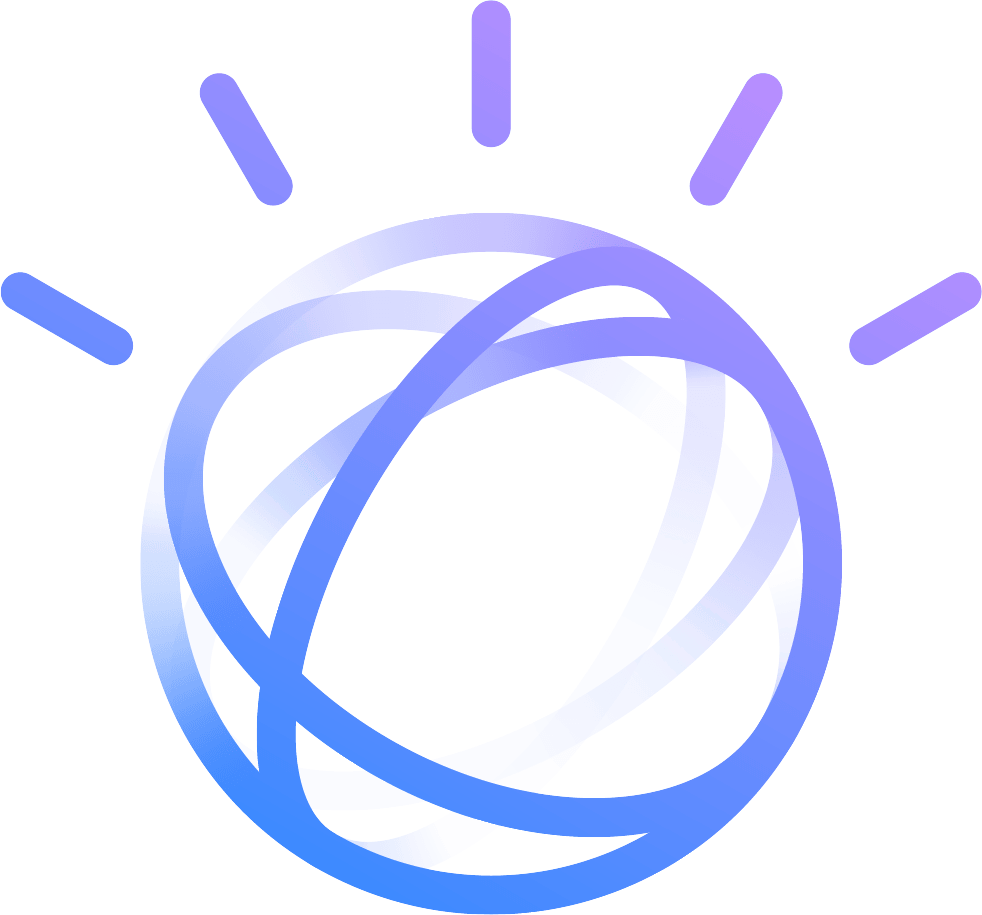This week we continue to unpack a quote from an article in Patient Safety & Quality Healthcare where David Snow the chairman and CEO of Cedar Gate Technologies summarizes the technology and information gap for value-based care providers saying, “Value-based care is an area full of innovation. The organizations that can create a high-value stack of analytics, with a meaningful high-touch consumer experience and end-to-end technology experience that drives great outcomes at a reasonable cost, will be the game-changers.”
In this post, we will dive into our interpretation of what David Snow means by creating “a meaningful, high-touch consumer [patient] experience” and where the gaps lie in the existing technology toolset. Our focus will be on the disconnect between Telehealth and patient centricity, and continuity of care supported by technology.
We have all been witnessing and experiencing the increased adoption and acceptance of Telehealth throughout the healthcare community, spurred along by the COVID-19 pandemic. The intent of the rise in these technologies is to keep patients in their homes (to avoid spread and exposure) and minimize the gaps in care that arise when access is bound to in-person clinical care. The intent is positive, but, we have to ask….are the Telehealth solutions out there solving the root of the problems, especially for value-based care providers? Repeatedly we have experienced and heard of the limitation of Telehealth, which in many cases are technology solutions built to facilitate workflows that run on a fee-for-service chassis. Yes, the care is provided remotely, outside of the four walls of the clinic, but the intent of these technologies is to continue to support the broken, episodic sick care delivery model. They just replace an in-office visit with a Telehealth visit. The technology and service miss the mark on a patient-centric approach to care and a huge opportunity to provide remote care with the aim of keeping patients healthy and out of the clinic, especially those at risk for chronic diseases, and patients dealing with chronicity.
This missed opportunity leads us directly to the concept of proactive continuity of care, critical for achieving positive health outcomes in at-risk patient populations. The example we use at C3LX that always rings true is this:
You’re a middle-aged man or woman. You go to see your primary care physician for your annual exam (we won’t mention that you had to book this at least four months in advance), and after your physical, your physician sits you down and lets you know that your blood pressure is elevated, you are at risk for Type II diabetes, and let’s bet your cholesterol isn’t headed in the right direction. But, the good news is you can change this. All you need to do is lose 20 pounds, increase your activity, & take statins between now and your next annual visit! Oh, and maybe try out eating healthier and get outside more often too. See you next year!
Inevitably, another year comes around and you have made little to no progress, and even more likely you have gained several more pounds to add to the total. The current technology today would have allowed you to engage episodically throughout the year if needed, but even with that, you just continue on the negative trajectory you have been on for years.
This scenario sounds negative, but this is the true experience from real people in the current paradigm, even in value-based models. Patients aren’t given the support they need to change behavior, achieve health goals, and change their health trajectory. Episodic care is our health system norm, regardless of the underpinning technology, or payment model. Additional visits aren’t satisfying, feasible for the patient or value-based care providers, and don’t provide the day-to-day insights into the patient that are needed to support change. Remote care is still essential as we explained above, but much of the technology available doesn’t support patient-centric, continuous care. So the question is, what do value-based care providers need in order to provide the accountability and support so critical to their patient's health outcomes?
At C3LX, we tackle this issue head-on and have developed a patient-centric, continuous care platform called XIAhealth® that connects care teams and patients, and it is built upon a superstructure to deliver personalized behavior change. This allows care teams to see their patients' progress and walk alongside them throughout their health journeys, and to do so at scale, not just when they get sick or come into the clinic. This leads to true health outcomes. In fact, 65% of patients on XIAhealth® achieve their short and long-term health goals, and care teams are able to increase their panel sizes by up to 100%. Larger panels and better care! Are you ready to transform remote care for your value-based practice? Contact us today to schedule a live demo or visit our website: Patient Engagement Platform - C3LX .
Next week, we will dive into technology gap #3: End-to-end technology experience that drives great outcomes at a reasonable cost. Follow C3LX on LinkedIn or sign up for our email list to get notified of new posts!
Read the full article that has inspired this series, “Value-Based Healthcare: How It Expanded During COVID-19”, here: Value-Based Healthcare: How It Expanded During COVID-19 - Patient Safety & Quality Healthcare

